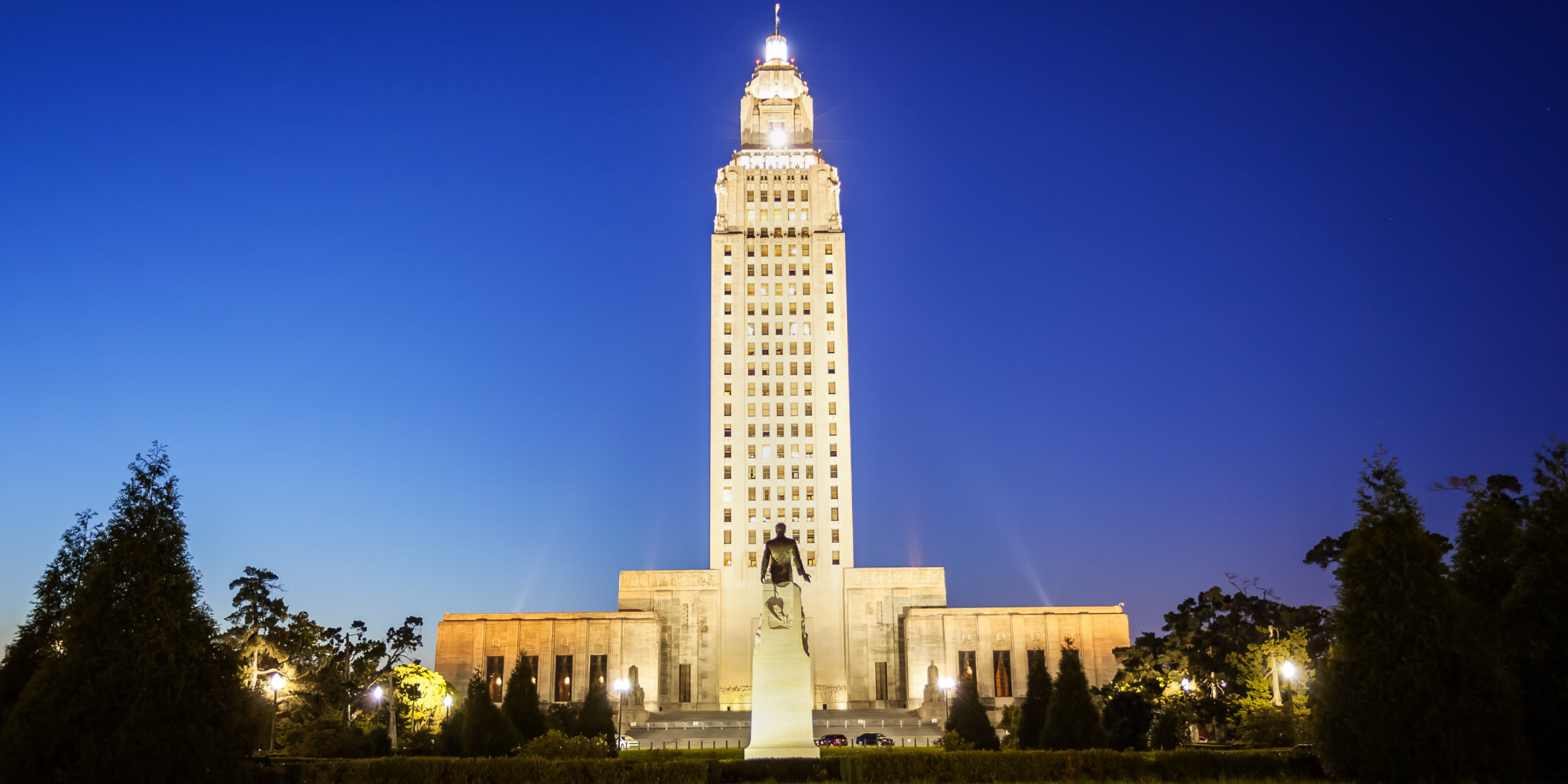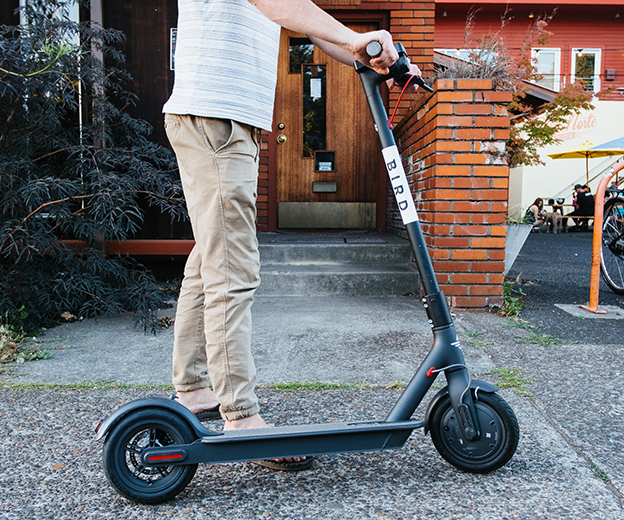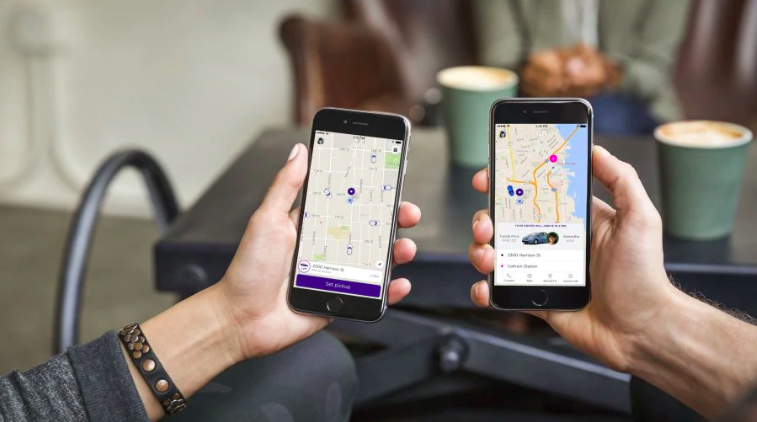NOLA Crime Cameras Finally Get a Conviction
More than five years and six million dollars later, the “crime cameras” planted around New Orleans have finally yielded their first conviction. No, the cameras didn’t catch a violent crime where someone’s life or property was in immediate danger. It was just a run-of-the-mill drug dealer peddling ecstasy pills on a street corner. Meanwhile, a local civil jury and a federal criminal grand jury are both considering serious allegations concerning the people and institutions who brought us these cameras.
As a report by the New Orleans Inspector General reveals, the cost of the program over three years was almost three times the original estimate given by the Mayor’s Office of Technology: $6.6 million, rather than $2.4 million. That’s more than $2 million a year that could have gone to salaries for new police officers or investigators for the District Attorney’s office — real people solving real crimes.
New Orleans’ experience with these cameras is unfortunately rather typical — a 2003 report to Congress by the U.S. General Accounting Office found little or no evidence of “crime prevention effectiveness of CCTV [closed-circuit television].” Despite that report, Congress has continued to let the federal Department of Homeland Security disperse grants to state and local agencies for more of the creepy cameras. In fact, it was such a grant — for just $1 million — that provided the initial impetus for the New Orleans camera program.
New Orleans, and for that matter all states and localities, would be better off setting their own priorities for law-enforcement rather than having their preferences massaged by federal agencies with money that is taken ultimately from local taxpayers.




